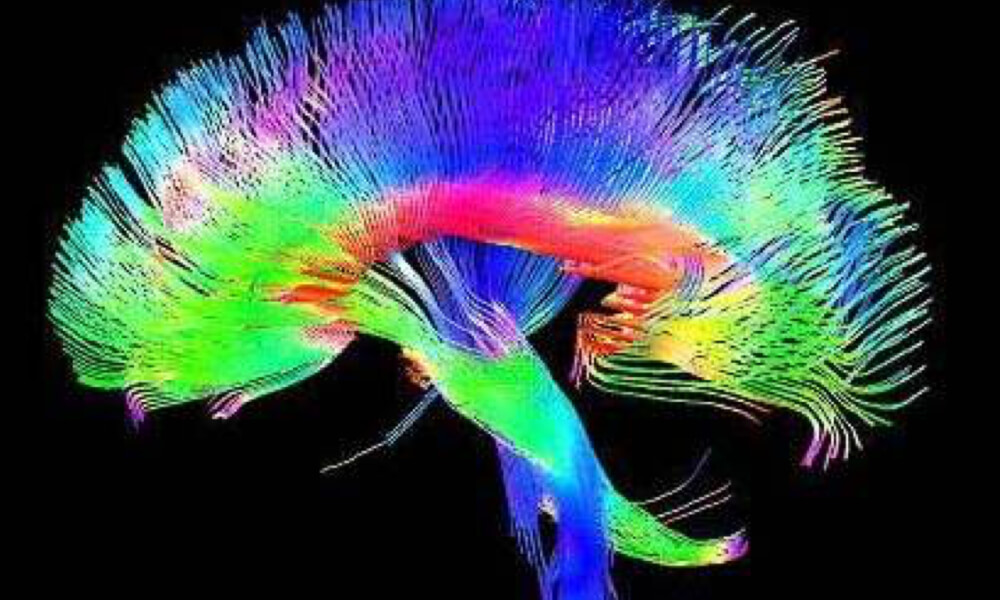Duncan is a Programme Leader at the MRC Cognition and Brain Sciences Unit, University of Cambridge. He is also a Fellow and Director of Studies at Robinson College. Within the School of Clinical Medicine he is the Chair of the NIHR BioResource, and he is the Chair of the University of Cambridge's LGBT+ Staff Network. ? His 4D Research Group captures a broad programme of developmental cognitive neuroscience. A hallmark of this science has been methodological innovations for understanding neural systems in childhood, how they are linked with developmental disorder, and how they respond to intervention. This programme of work has been supported by the Royal Society, the British Academy, the Medical Research Council, the Economic and Social Research Council and multiple charitable foundations.

Cambridge scientists have shown that placing physical constraints on an artificially-intelligent system – in much…

Applications are invited for four postdoctoral Research Associates to help direct and conduct research in…
